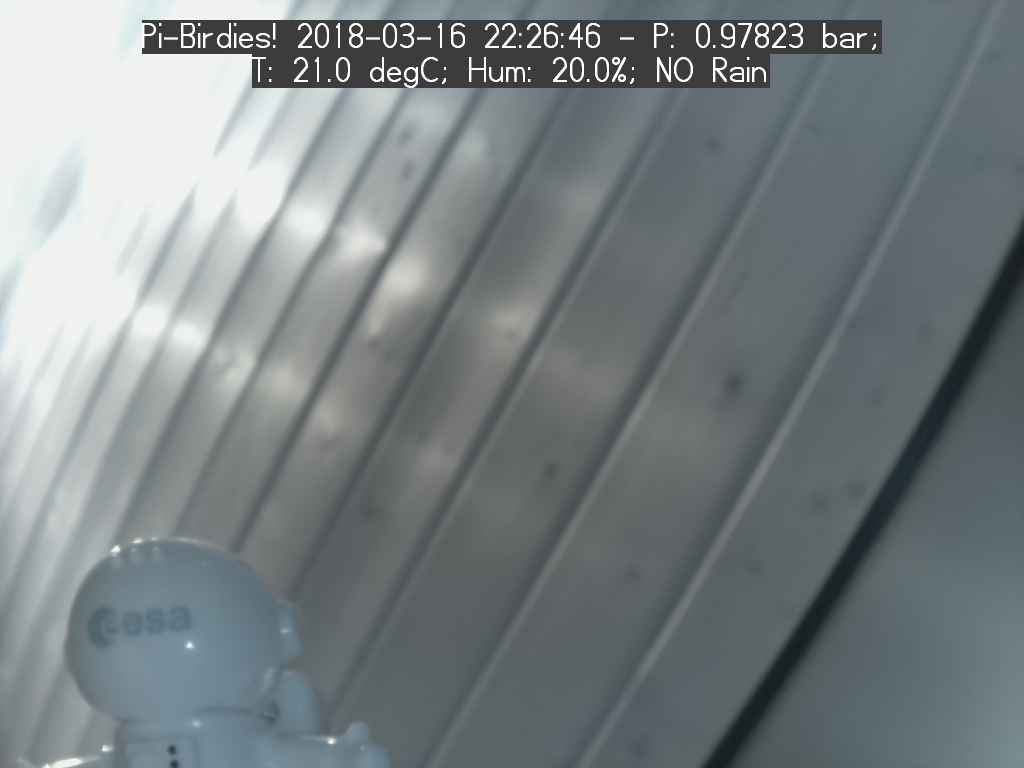My nesting box activities did however "suffer" from my other "adventures", but!....I had time to reflect on a few modification which I intent to make.
I wish to construct a nesting box which is more modular. More easily adaptable to configuration changes and adjustments I might have to make to the optical unit as the seasons progress.
The second thing I wish to implement is a simple, one-off solution for all the nerdiness I wish to install in the nesting boxes. By this I mean pressure sensors, temperature sensors, humidity sensors and the likes. The solutions I had so far, for lack of time, and for lack of me being a dedicated electronics person, were improvised solution requiring multiple platforms. One for the cameras, one for the temperature sensors, one for the lighting: a high maintenance configuration which, in case of lack of time, ended up suffering because I ended up dedicating my little spare time to other things.
And this is where the pi-ness comes in!
I eyed the raspberry pi (https://www.raspberrypi.org/products/raspberry-pi-2-model-b/) as my solution!
It struck me a near-perfect as can be for my needs....including the non-negligible fact that it is open-source, allowing me to profit from all the genial minds out there improving the platform for the most varied of applications.
So this is how I now plan to turn the "birdies" into "pi-birdies".....
I decided to indulge into this endevour on the 12th of Decemeber. Ordered everything I thought I might need the same day and by the 18th (which was my last day at home prior to a weekend with my PhD Students and then some work-related travel) I had all I needed.
And this is how it continued....
Step 1: take picture....and put the basics together...
Step 2: install NOOBS from micro SD card...
Step 3: excitement at booting and ensuing check that space activities had not continued without me in the meantime...
Step 4: first light....
Step 5: first senses....
Step 5: IR vision test...
And then, and then I killed the internet.
I am only kidding, as the only thing I did manage to do was kill internet on my pi.
The thing I want to do is have a nesting box that can transmit information - optical and sensory - via wifi but at the same time be an isolated, stand-alone system. A curious soul passing by can then just tune in and check what is happening inside.
So I wanted to set-up a point-to-point wifi connection, but I kind of got stuck as I wish the two things to be functional in parallel. Now, I might sound like I know what I am talking about, but I don't. So for now I am going to leave things as they are and add bluetooth capability and then decide at a later stage, as.....
...my main priority is to have an optical stream with overlayed sensory information ...very much like this:
And this is the current state of affairs at the Pi-Nest!
As for other thoughts.... this gave me something to chew on:
"It's the way a man chooses to limit himself that determines his character. A man without habits, consistency, redundency - and hence boredom - is not human. He's insane." [The Dice Man, George Cockcroft].















